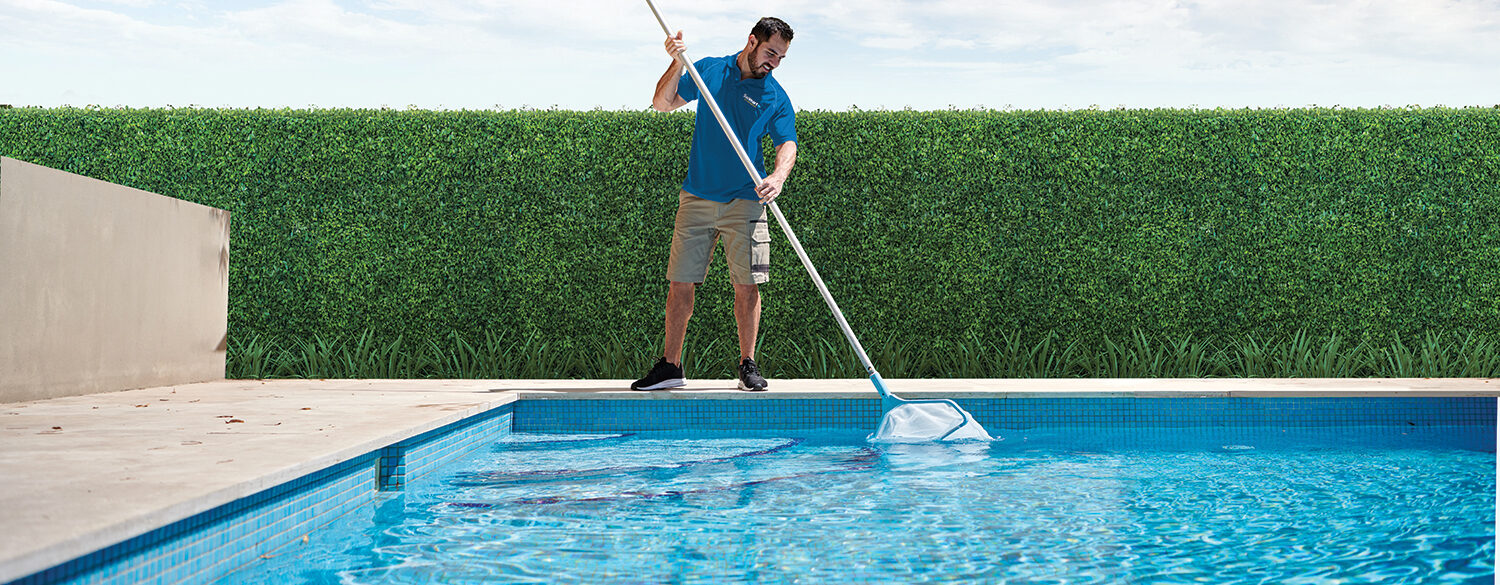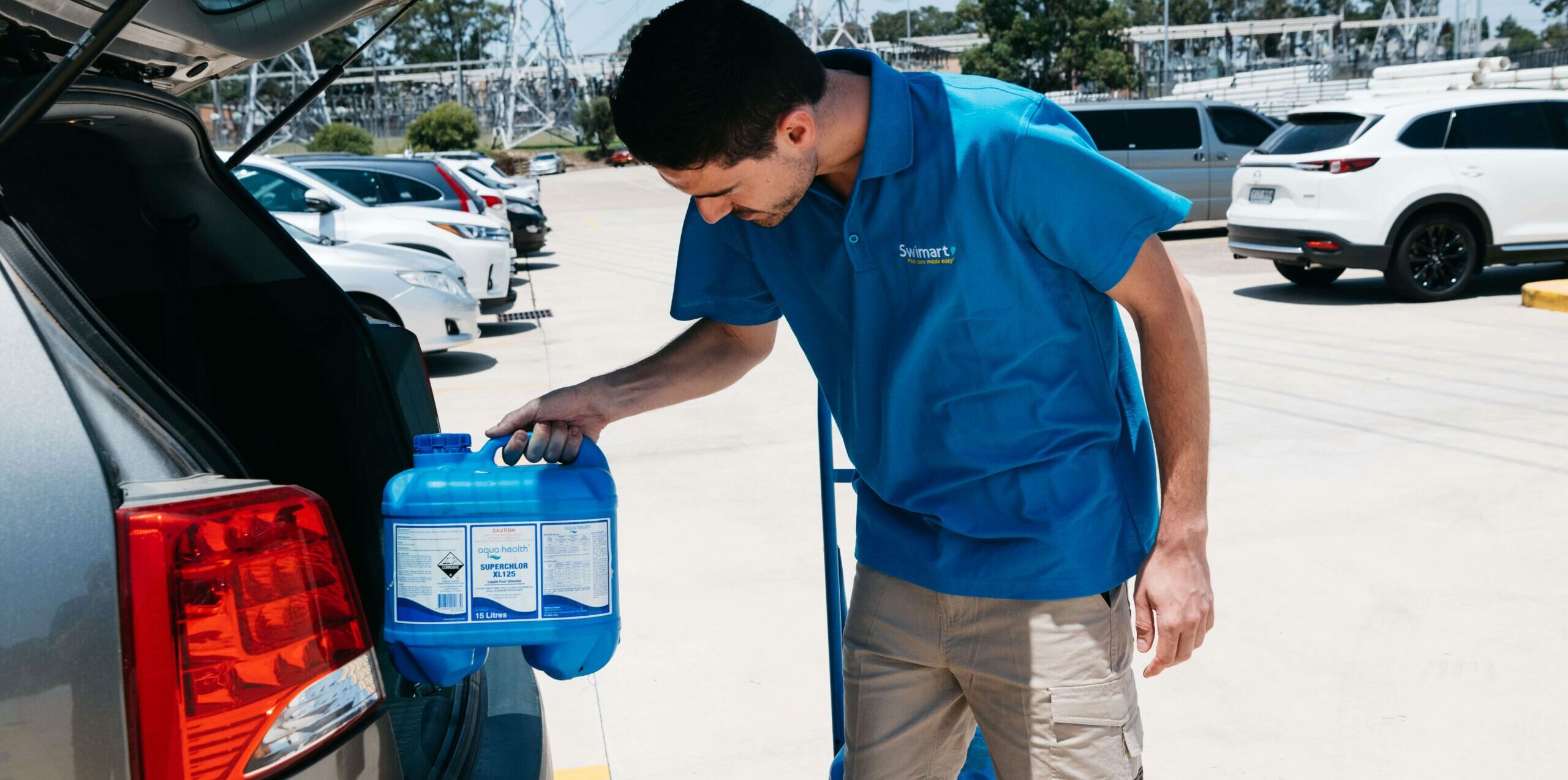DIY Tips
HERE COMES THE RAIN
8 January 2013
With rainfall records being broken and flooding becoming a major problem over the last few months, pool owners in affected areas might be wondering how best to tackle any damage, or how to be better prepared next time the weather turns sour.
Floods or heavy rain? Tips for preparing and repairing pools
There are some misconceptions surrounding how to properly prepare and repair your pool, especially concerning emptying and refilling it. Here's a rundown of some actions you can take both before and after the flooding or heavy rains.
Before the heavy rainfall sets in:
It may seem logical to want to empty or partially empty your pool before the rain hits to prevent water from spilling over into your already saturated backyard, however this can actually inflict more damage than it prevents.
"The pool shell acts as a kind of 'boat' when empty of water," explains Chris Fitzmaurice, Swimart's Australasian manager. "If the surrounding soil is saturated, the pool will have a tendency to float, which can cause it to shift or crack."
In other words, the shell of your pool may ‘pop' out of the ground, or the lining may crack under pressure from the buildup of ground water around it.
However, this usually isn't a worry, since most pools are equipped with a hydrostatic relief valve in the floor which will allow ground water to enter the pool to keep the equilibrium and relieve build up of pressure. But keep in mind the valve could be faulty or not able to cope with the amount of pressure caused by the ground water.
If you really feel you need to lower the water level, only drain a small portion of water out of the pool; no more than two feet (60cm).
"This will help prevent the water in the pool spilling out and bringing rubbish, soil and bits of the garden into the pool when the rain eases," explains Chris.
Other things to do before the rain arrives include removing items from the pool and/or pool area, such as toys and floatation devices, securing or removing loose pool/outdoor furniture, and turning off all pool equipment.
After the rainfall
If your area has been affected by severe flooding, it may be very tempting to empty your pool to give it a good clean up, however it is still not advisable to do so, even after the bad weather has subsided.
"We understand the number one priority is cleaning out houses and making them habitable, but it must be remembered that flooded swimming pools present a unique set of hazards. It's certainly not essential that a pool must be restored to use immediately, but it is vital to assess the condition of the pool and make it safe before starting any work," Chris says.
Therefore, it is advisable that you check with an expert before emptying your pool (if you absolutely must do so).
"Flooding or heavy rainfall can also permanently damage filtration equipment, especially pumps and heaters," advises Chris. "So it is also a good idea to get those checked before turning them on."
Other things on the to-do list after the floodwater clears out include:
- Cleaning debris out of the pool to prevent staining
- Shocking/super chlorinating the water
- Balancing the pH
- Running the filter until the water is crystal again
It is also advisable to prevent anyone from swimming in the pool until it has been returned to its original state.
Sound like too much work?
Contact your local Swimart store on 1300 991 104 or complete an enquiry form and one of our pool technicians will come to you. They can assess your pool, advise on / undertake repairs, and clean your flood damaged pool, saving you the trouble.


 AUS
AUS NZ
NZ 


